Guru Network has come a long way from its beginnings as DexGuru, evolving into a comprehensive AI-driven DeFi platform.
In a recent conversation with BeInCrypto, Evgeny Vahteev, the project’s Chief Technology Officer, shared insights into this journey. Here’s a detailed look at the transformation and future plans of Guru Network.
Guru Network is an ecosystem of products and services focused on developing an AI compute multi-chain layer for blockchain projects and apps that want to build or improve their AI capabilities. Originally launched as a decentralized exchange called DEXGuru Trading Terminal, it has evolved into the all-in-one Guru Network. In 2024, Guru Network plays a crucial role in simplifying the development and deployment of AI-focused applications.
From DexGuru to Guru Network
Initially, DexGuru aimed to provide a unified platform that combined real-time trading with in-depth analytics catering specifically to the DeFi community. This approach offered users both trading and analytical tools within a single interface, which was a novel concept during the early days of decentralized exchanges like Uniswap V2 and emerging blockchains such as BNB and Polygon.
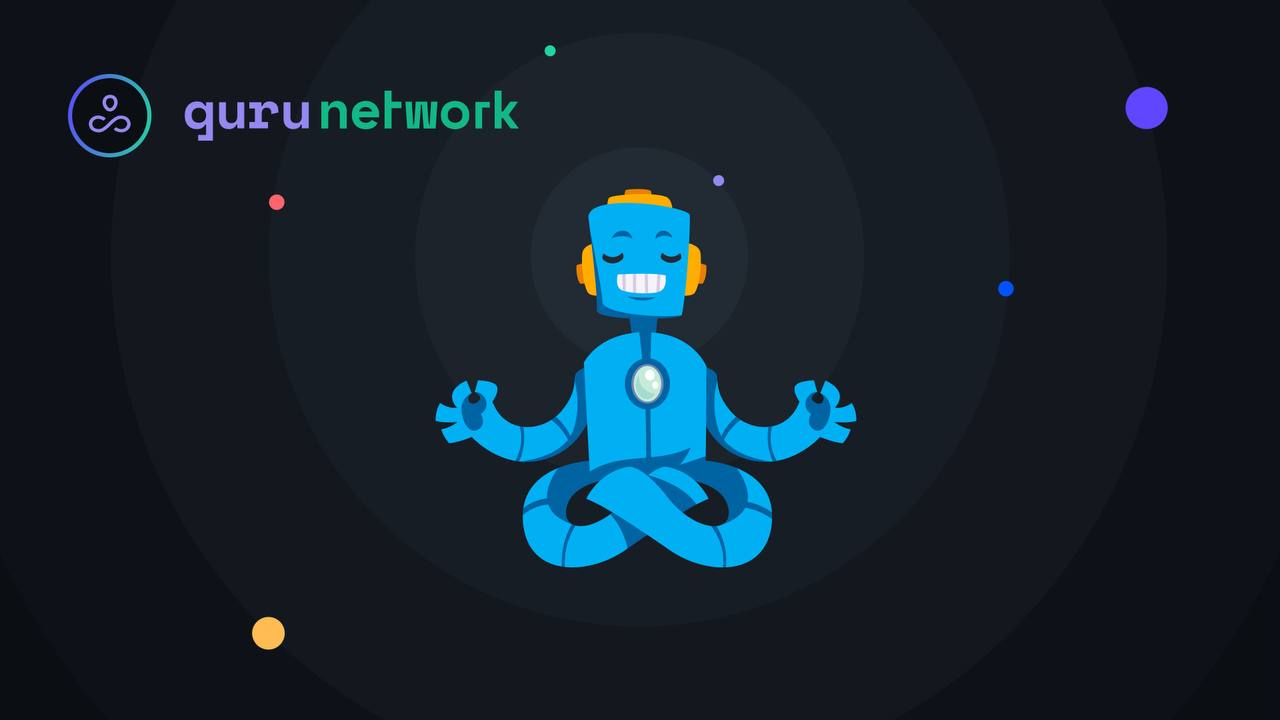
Several key factors influenced the transition from a trading terminal to an AI-driven network. The need to adapt to market changes and the realization of the potential for broader applications of their technology were significant drivers. During the “DeFi summer,” DexGuru saw significant success, but the subsequent market downturns, such as the collapses of Terra/Luna and FTX, necessitated a pivot in their strategy.
“Over time, we recognized that our real strength was in providing a comprehensive toolkit for developers. We leveraged our existing technology to develop B2B solutions, including a data warehouse and block explorer tools, which laid the groundwork for more advanced AI-driven features,” Vahteev shares.
These additions laid the groundwork for a broader development platform, which eventually became the Guru Network. The new platform focuses on multi-chain AI orchestration, enabling more efficient and automated processes within the DeFi ecosystem.
The new GPT-powered DYOR assistants are already available on DexGuru V2 and are spreading to other ecosystem apps. The launch of DexGuru V2 with advanced Web3 automation features highlights their commitment to providing powerful tools and seamless experiences for their users.
Differentiating Through AI-Driven Solutions
Guru Network distinguishes itself from other DeFi platforms through its unique integration of AI and blockchain technology, creating an advanced orchestration layer that automates complex processes. Unlike traditional platforms that may focus solely on trading or analytics, it provides a holistic solution that includes data-aware AI agents, multi-chain orchestration, and a comprehensive developer toolkit.
This approach enables seamless automation of tasks, reducing the need for manual intervention and allowing users to execute sophisticated trading strategies and workflows with ease. However, building and expanding the multi-chain AI orchestration layer came with several big challenges, especially in terms of technical difficulty and integration.
“One major hurdle was ensuring reliable and efficient communication across multiple blockchain networks. This required the team to manage and synchronize data and processes in a decentralized environment, which is inherently complex and prone to issues such as latency and data consistency,” Vahteev recalls.
Another hurdle was integrating AI and machine learning models into the blockchain framework. This required developing strong algorithms that could handle large amounts of data and ensuring these models could work well within the decentralized system. Additionally, the team had to address security concerns by conducting thorough audits and reviews to protect the orchestration layer from potential vulnerabilities and attacks.
Automation Capabilities and Security
The platform’s use of Web3/AI for process automation, such as the Blockchain Business Process Automation (BBPA) engine, also sets it apart. This engine utilized various on-chain AI and off-chain activities, providing higher efficiency and reliability. The BBPA can automate many DeFi tasks, making them more efficient and reducing the need for manual work.
“For example, it can automate trading strategies by executing predefined buy and sell orders based on market conditions and user settings, allowing users to implement complex trading strategies without constantly monitoring the market. The engine can also automate liquidity management tasks by monitoring liquidity pools across different decentralized exchanges and adjusting the user’s positions to optimize returns. This includes adding or removing liquidity, rebalancing portfolios, and harvesting yield farming rewards,” Vahteev shares.
Additionally, the BBPA can handle periodic routines and recurring tasks like staking and claiming rewards, rebalancing portfolios, and executing regular trades. These automation features not only streamline operations but also reduce the risk of human error, providing users with a more reliable and efficient way to manage their DeFi activities.
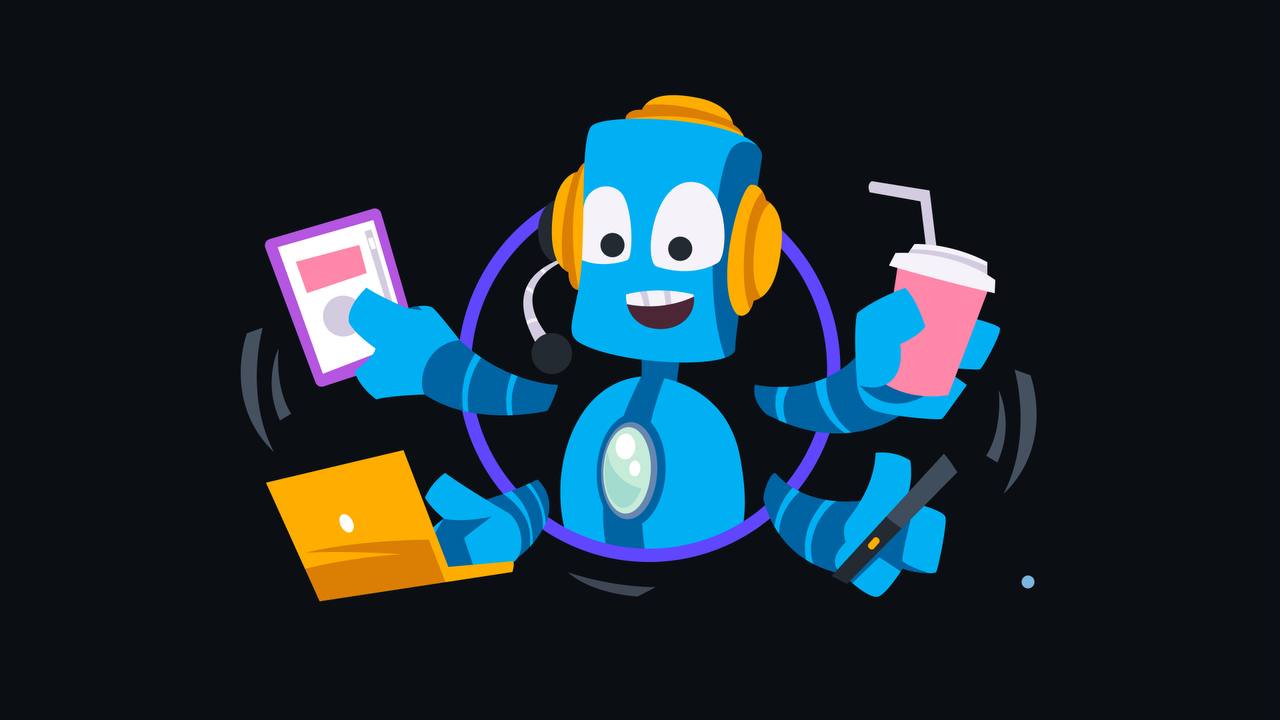
Ensuring the security and reliability of these automated processes is a top priority for Guru Network’s team. The platform uses strong security protocols from its partners to ensure a multi-layered defense. The decentralized model increases security by distributing it. Every component undergoes thorough audits before being deployed to protect against vulnerabilities.
Collaboration as Key to Growth
Community feedback plays a crucial role in the development of Guru. The platform actively encourages user suggestions and integrates them into its development roadmap. Building an open dialogue through forums, AMAs, and social media, helps the team to make sure the platform develops in line with user needs.
New users can get started with Guru Network by visiting their detailed documentation, which provides step-by-step guides and resources. Additionally, community channels on Discord and Twitter offer support and updates, giving users all the tools and information they need to navigate and succeed within the ecosystem.
Guru Network has formed partnerships with a diverse range of partners, including big names like Paraswap, 1inch, Conduit, and Subsquid. Collaborations with exciting projects built on the Guru Framework, like PixelPact, further enhance the ecosystem.
“Collaboration is key to driving innovation and growth in the DeFi space. Guru Network addresses scalability and reliability by building its infrastructure layer, which empowers individual agents to operate independently, supporting a wide range of products and features across the ecosystem. We aim to create a thriving community of developers and users who can contribute to and benefit from advancements in AI and blockchain technology,” Vahteev states.
The next quarter will see the rollout of exciting new features, including Web3 automations and bridging solutions for seamless cross-chain operations, an AI rewards program to incentivize innovation, and the migration of products from testnet to mainnet. The launch of the Guru Smart Wallet in beta for NFT holders will add another layer of convenience and functionality to the Guru Network experience.
Existing listings on CEXs like BitMart and MexC, along with planned ones, are expected to significantly boost the visibility and accessibility of Guru Network. This increased exposure will attract a wider audience, potentially leading to greater adoption and a more vibrant community. While specific details cannot be disclosed due to NDAs, exciting activities are planned around future listings to celebrate with the community and make a splash in the market.
The post From Trading Terminal to AI-Driven Platform: How DexGuru Became the Guru Network appeared first on BeInCrypto.

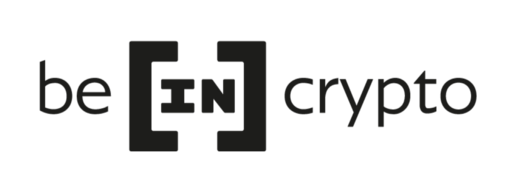 3 months ago
39
3 months ago
39
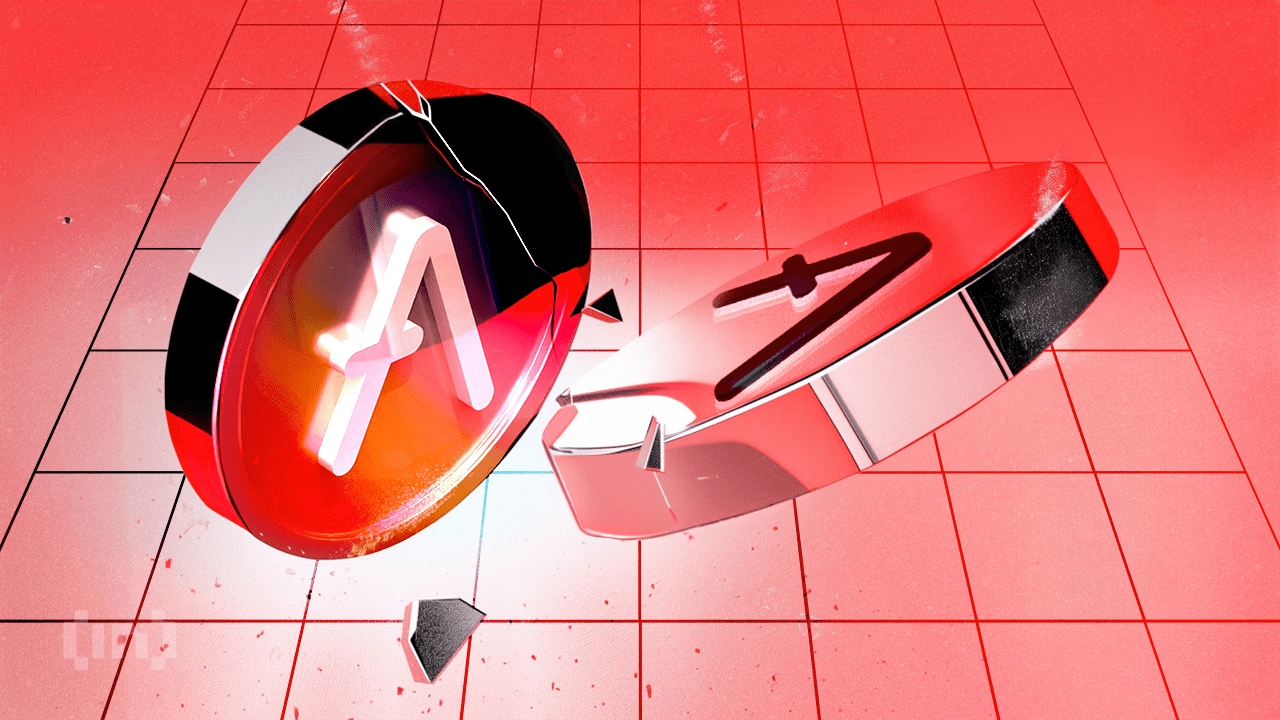
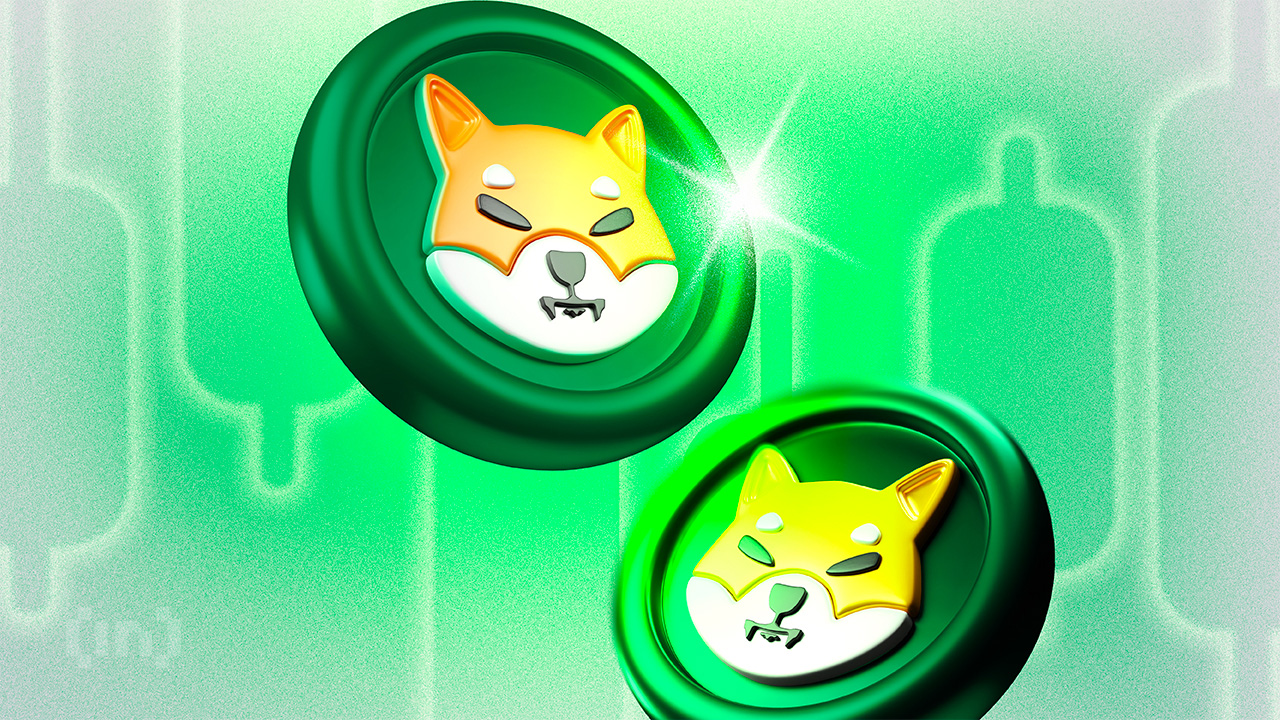







 English (US) ·
English (US) ·